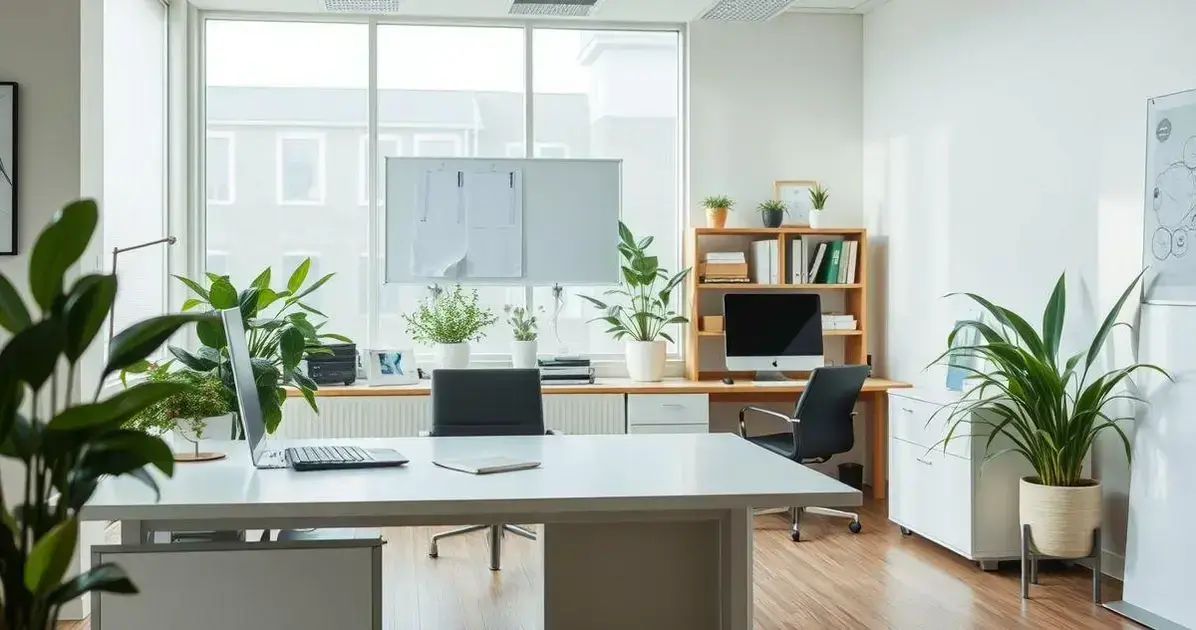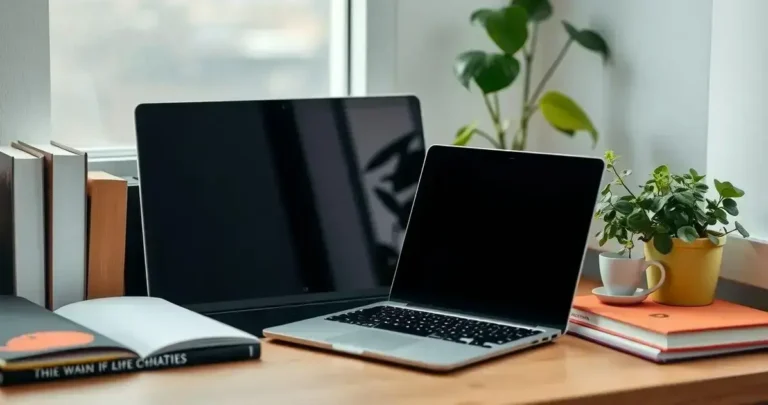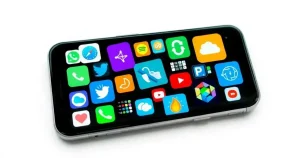Announcements
Productivity Tips can be the game-changer you’ve been looking for. With the right strategies, you can stop feeling overwhelmed and start making real progress on what truly matters. Productivity isn’t about doing more—it’s about doing things smarter, with less stress and better results.
Imagine having more time for what you love without feeling drained. When you understand how to structure your day effectively, you gain control over your tasks instead of letting them control you. Small adjustments in habits and mindset can make all the difference in your daily routine.
If you’re ready to work smarter, stay focused, and finally get things done without the usual frustration, you’re in the right place. Let’s dive into the strategies that will transform the way you approach productivity!
Announcements
Understanding Productivity
Understanding productivity is essential to achieving your goals. It involves maximizing your efficiency by finding ways to work smarter, not harder. Productivity isn’t just about getting more done; it’s about enhancing the quality of your output while minimizing stress and time spent on tasks.
What is Productivity?
At its core, productivity measures how efficiently you convert your time and resources into completed tasks. It can be applied in various aspects of life, including work, personal projects, and even leisure activities. High productivity means that you can achieve more in less time, allowing for a greater balance between different areas of your life.
Announcements
The Importance of Productivity
Understanding productivity helps you prioritize tasks and focus on those that yield the best results. When you know how to be productive, you can achieve your objectives faster, reduce overwhelm, and create more free time for other interests. This not only improves your professional standing but also enhances your overall well-being.
Factors Affecting Productivity
Several factors contribute to productivity levels, such as motivation, environment, and tools used. A positive mindset and a well-organized workspace can significantly boost your productivity. Furthermore, employing effective tools and techniques can streamline your processes, reducing unnecessary effort and distraction.
It’s essential to reflect on what productivity means to you personally. Setting clear goals and identifying what impacts your productivity can guide your strategies.
Effective Time Management Techniques
Effective time management techniques are vital for anyone looking to boost productivity. By managing your time wisely, you can achieve more in less time and reduce stress.
1. Prioritize Your Tasks
Start by making a list of tasks that you need to complete. Then, rank them based on urgency and importance. Use a method like the Eisenhower Matrix to identify what needs your immediate attention.
2. Set Specific Goals
Setting clear, achievable goals gives you direction and motivation. Break your goals into smaller, actionable steps, and set deadlines for each. This approach keeps you focused and accountable.
3. Utilize the Pomodoro Technique
The Pomodoro Technique involves working for 25 minutes, followed by a 5-minute break. This method helps maintain focus and prevent burnout by providing structured work sessions and regular rest periods.
4. Eliminate Distractions
Identify factors that distract you during work. This could be smartphone notifications, social media, or a noisy environment. Take steps to minimize these distractions, like turning off notifications or creating a quiet workspace.
5. Review and Reflect
At the end of each day or week, take a moment to review what you accomplished. Reflect on what worked well and what didn’t. This reflection helps you adjust your management techniques and improve over time.
Creating a Focused Work Environment

Creating a focused work environment is crucial for improving productivity. A space that minimizes distractions and promotes concentration can lead to better outcomes.
1. Organize Your Workspace
Start by decluttering your desk. Keep only the essentials within reach, such as your computer, notepad, and a few writing tools. A tidy workspace reduces distractions and helps you focus.
2. Control Ambient Noise
Noise levels can affect your ability to concentrate. Use noise-canceling headphones or play soft background music or white noise to block out distracting sounds. This creates a more serene environment for productivity.
3. Optimize Lighting
Good lighting is key to maintaining focus. Natural light is best, so position your workspace near a window if possible. If you work in low light, use a desk lamp with adjustable brightness to reduce glare.
4. Personalize Your Space
Add personal touches to your workspace that inspire you, like motivational quotes, plants, or photos. Personalizing your space can make it more enjoyable and can provide an emotional boost, helping you stay focused.
5. Set Boundaries
Let others know your working hours and ask them to respect your time. This minimizes interruptions and establishes a routine that supports your productivity goals.
Utilizing Technology for Productivity
Utilizing technology for productivity can greatly enhance your efficiency and streamline your work processes. Many tools and apps are available to help you stay organized and focused.
1. Use Task Management Tools
Task management applications, such as Todoist or Trello, help you organize tasks and prioritize work. These tools let you create lists, set deadlines, and even collaborate with others, making it easier to track what needs to be done.
2. Automate Repetitive Tasks
Automation tools, like Zapier or IFTTT, allow you to connect different apps and automate repetitive tasks. For example, you can set up automatic email replies or transfer data between applications without any manual effort.
3. Leverage Calendar Applications
Calendar apps, such as Google Calendar, can assist in managing your schedule. You can set reminders for appointments, allocate time for focused work, and keep track of deadlines, which helps maintain productivity throughout the day.
4. Embrace Communication Platforms
Effective communication is vital for productivity. Use platforms like Slack or Microsoft Teams to communicate easily with colleagues, share updates, and collaborate on projects in real-time, reducing email clutter.
5. Monitor Your Time
Tracking tools like Toggl or RescueTime help you understand how you spend your time. By analyzing this data, you can identify what hinders your productivity and adjust your habits accordingly to work more efficiently.
Mindfulness and Its Role in Enhancing Productivity
Mindfulness plays a significant role in enhancing productivity by improving focus and reducing stress. It involves being present, aware, and engaged in your current activities, which can lead to better outcomes.
1. Understanding Mindfulness
Mindfulness is the practice of paying attention to the present moment without judgment. By being mindful, you can clear your mind of distractions and concentrate on the task at hand, whether it’s work-related or personal.
2. Reducing Stress Levels
Incorporating mindfulness techniques, such as meditation or deep breathing, can help lower stress levels. When stress decreases, your thinking becomes clearer, and you can approach tasks with a fresh perspective.
3. Enhancing Focus
Regular mindfulness practice can improve your ability to concentrate. This means spending less time getting distracted and more time working efficiently. Simple practices like focusing on your breath for a few minutes can sharpen your mind.
4. Improving Decision-Making
Mindfulness allows for greater emotional regulation, which can enhance your decision-making skills. When you can assess situations without being overwhelmed by emotions, you make better choices that lead to productive outcomes.
5. Creating Balance
By being mindful, you also create a healthier work-life balance. You’ll become more aware of when you need a break, which can boost your overall productivity and well-being. This balance helps maintain motivation and prevents burnout.
FAQ – Frequently Asked Questions about Productivity Tips
What are some effective time management techniques I can use?
Effective time management techniques include prioritizing tasks, using the Pomodoro Technique, and setting specific goals to help you stay organized and focused.
How can I create a focused work environment?
To create a focused work environment, declutter your workspace, control ambient noise, optimize lighting, and set clear boundaries to minimize distractions.
What technology tools can enhance my productivity?
You can use task management tools like Trello or Todoist, automation tools like Zapier, and calendar applications like Google Calendar to streamline your workflow.
How does mindfulness improve productivity?
Mindfulness improves productivity by reducing stress, enhancing focus, and helping with emotional regulation, allowing for better decision-making and a healthier work-life balance.
What role does organization play in productivity?
Organization plays a vital role in productivity as it helps to maintain clarity, decrease overwhelm, and allow for more efficient use of your time and resources.
Can mindfulness techniques be easily integrated into my daily routine?
Yes, mindfulness techniques such as deep breathing, meditation, and short breaks can be easily integrated into your daily routine to enhance focus and well-being.







